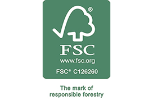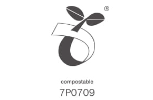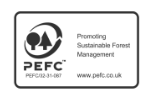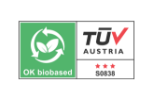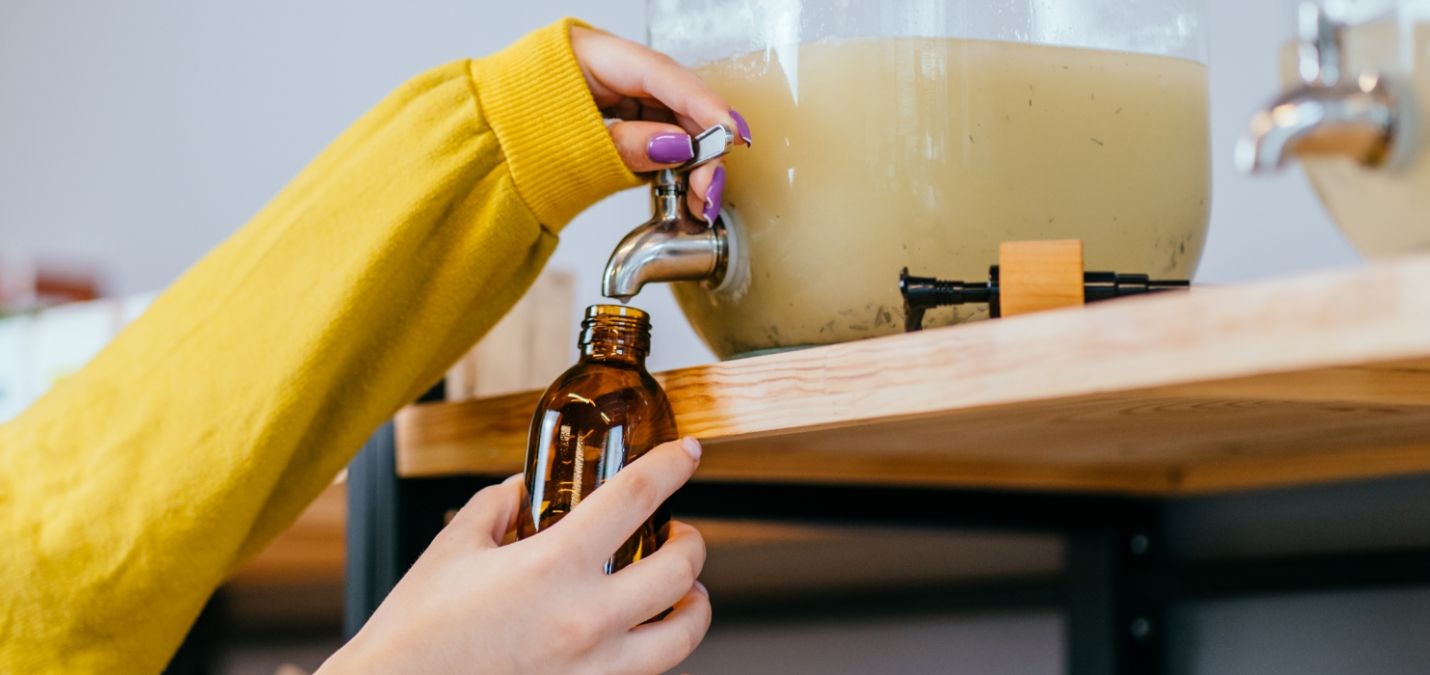

Microplastic: what is it and why is it so harmful?
Microplastic is understood by plastic particles smaller than five millimeters in diameter. Although invisible to the naked eye, this little problem may compound. Microplastics pose a threat not only to the ecosystem, but also to human health, and we are going to explain why.
Microplastic particles are divided into:
- fibres (residues of polyethylene films),
- foils,
- foams (e.g. polystyrene),
- hard elements (plastic shards and granules).
In its original form, microplastics can be found in the form of microgranules in cosmetics and in pellets used for abrasive cleaners, whereas secondary microplastics are produced as a result of the fragmentation of larger plastic waste (e.g. by friction).
From washing machines to rivers to seas and oceans
The biggest problem with microplastic is that it can penetrate almost anywhere. Just wash a polyester T-shirt in the washing machine for the plastic particles to get through the water from the drain to the nearest natural water reservoir.
Unbelievable? From December 2017 to January 2019, researchers from the State University of Utah collected as many as 313 samples of microplastic particles that were floating in the air from 11 different locations in the western part of the USA. The vast majority (84%) came from road dust, and the remainder from sea spray and agricultural soil. It has also been observed that pollution was concentrated not only around cities, but - carried by the wind - it reached almost all other areas2.

Microplastic, for instance, comes from car tyres and has even been spotted in arctic snow. Unfortunately, many studies show that it is starting to be dominant among the pollutants of seas and oceans. 
As for the latter, contamination occurs mainly through the runoff of river waters. It is there, especially in estuaries and in urban areas, where the highest concentration of microplastics is recorded. In addition, small diameter plastics may come from sewage, landfills or oil rigs3.
Microplastic has a negative impact on the size of the population and the comfort of life of such inhabitants of seas and oceans as sea turtles, underwater mammals, fish, crustaceans and baleen whales (a type of whale). In 2020, scientists at the Hawaiian University of Pacific in Honolulu found that particles of these substances are found even in the stomachs of barely hatched sea turtles. In total, it is estimated that the problem affects as many as 114 species of marine animals, and the truth is that many of them are consumed by humans. A real problem? Absolutely, because other Italian scientists have observed the presence of microplastics with a diameter of 0.01 mm in ... the placenta of unborn babies, to which they probably got through the bloodstream4.
Invisible to the naked eye, but harmful on a daily basis
Greenpeace's conclusions are also disturbing. The organisation tested over 600 colour cosmetics of the most popular drugstore brands. It turned out that about ¾ of them contained microplastic.
As Viola Wohlgemuth, Greenpeace expert argues: These results are alarming. The truth is, we put plastic on our faces regularly. With unknown consequences for the environment and our own health5. 
Unfortunately, microplastics can also be found in drinking water. Particles invisible to the naked eye are detected in both bottled and tap water. According to estimates, tiny fractions of plastics are present in about 80 percent of water bought in stores and in over 70 percent of tap water samples6.
How can we eliminate microplastic?
The problem appears to be so pervasive and elusive (literally) that it cannot be eliminated. But, in fact, we can do a lot. Both as consumers and as citizens.
Forcing changes on the legal and administrative level is certainly a good way. This is the assumption behind the Greenpeace organisation, which once sent a request to the federal minister of the environment in Germany, Svenji Schulze, to ban the use of plastics of any consistency in cosmetics. The result of it was the creation of the so-called "Cosmetic Dialogues", whose demands were supported by many representatives of the cosmetics industry. Unfortunately, as the subsequent analyses showed, the implementation of the assumptions proceeded with mixed results. This shows how much still remains to be done, not so much in terms of theoretical findings as of practical actions7.
Another way to reduce microplastics is efficient wastewater treatment. According to WHO calculations, properly conducted three-stage filtering allows to remove as much as 90 percent of microplastic from wastewater8.
A more unusual solution is the use of products that allow you to reduce microplastics coming from your own household. This goal is achieved by the use of the Guppyfriend bag, which captures microparticles from the washing machine. In this way, when washing clothes, there is less risk that harmful synthetic substances will reach the natural environment. 
A good way to reduce pollution is to choose proven quality packaging, whose production technology does not generate harmful substances, and the decomposition process can be sustainable. The limitation of PET in packaging means less microplastic contamination. That is why it is worth choosing biodegradable solutions branded by SILBO.
----------------------------------------------------------------------------------------------------------------------------------------------------------------------------------------
1Wessel C., Lockridge G., Battiste D., Cebrian J., 2016, Abundance and characteristics of microplastics in beach sediments: Insights into microplastic accumulation in northern Gulf of Mexico estuaries, Marine Pollution Bulletin 109
2https://www.national-geographic.pl/artykul/nie-chcesz-tego-wiedziec-ale-niestety-musisz-codziennie-oddychasz-mikroplastikiem
3https://sozosfera.pl/woda/mikroplastik-w-wodzie/
4https://klimat.rp.pl/technologie/woda/8532-mikroplastik-jest-wszedzie-ale-mozesz-pomoc-w-jego-redukcji/
5https://www.wiadomoscikosmetyczne.pl/artykuly/greenpeace-mikroplastik-wystepuje-w-trzech-czwarty,67335
6https://sozosfera.pl/woda/mikroplastik-w-wodzie/
7https://www.wiadomoscikosmetyczne.pl/artykuly/greenpeace-mikroplastik-wystepuje-w-trzech-czwarty,67335
8https://www.teraz-srodowisko.pl/aktualnosci/mikroplastik-woda-pitna-WHO-7473.html
Zobacz również:
Most frequently read

About company
Silbo – packaging production experts with 20 years of experience in the industry. We support environmental protection on many levels, for example with creating new, biocompostable standards in the field of packaging production. These are the main values on which the activity of SILBO is based: focusing on innovation, ecology and quality issues.
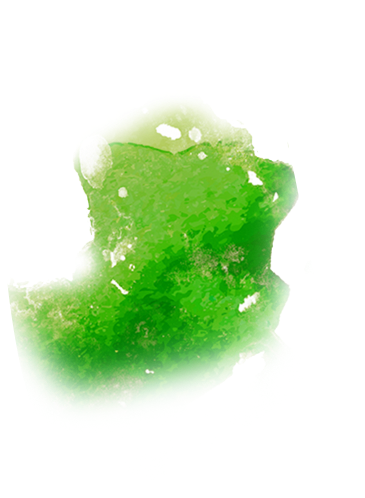

Received certificates
